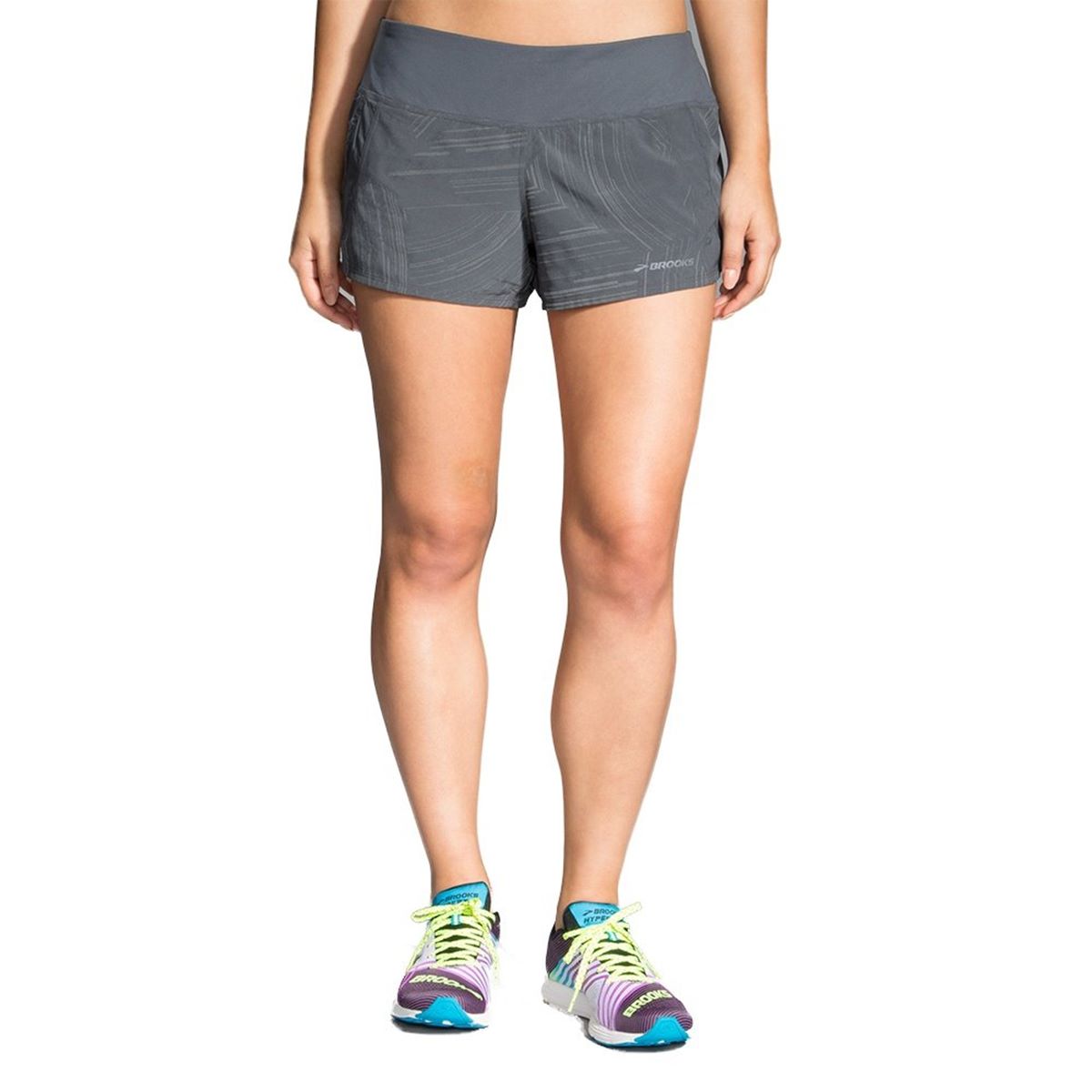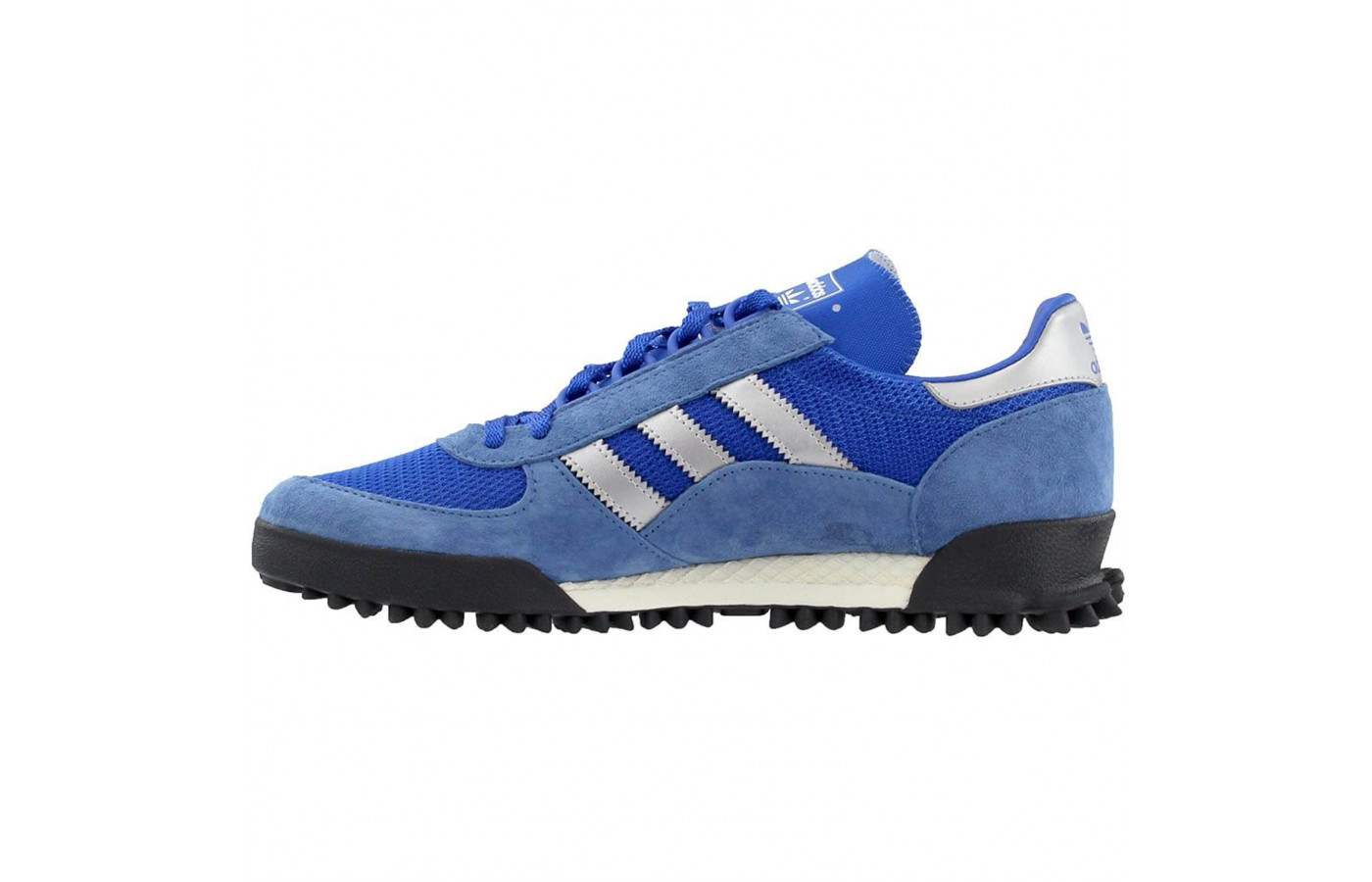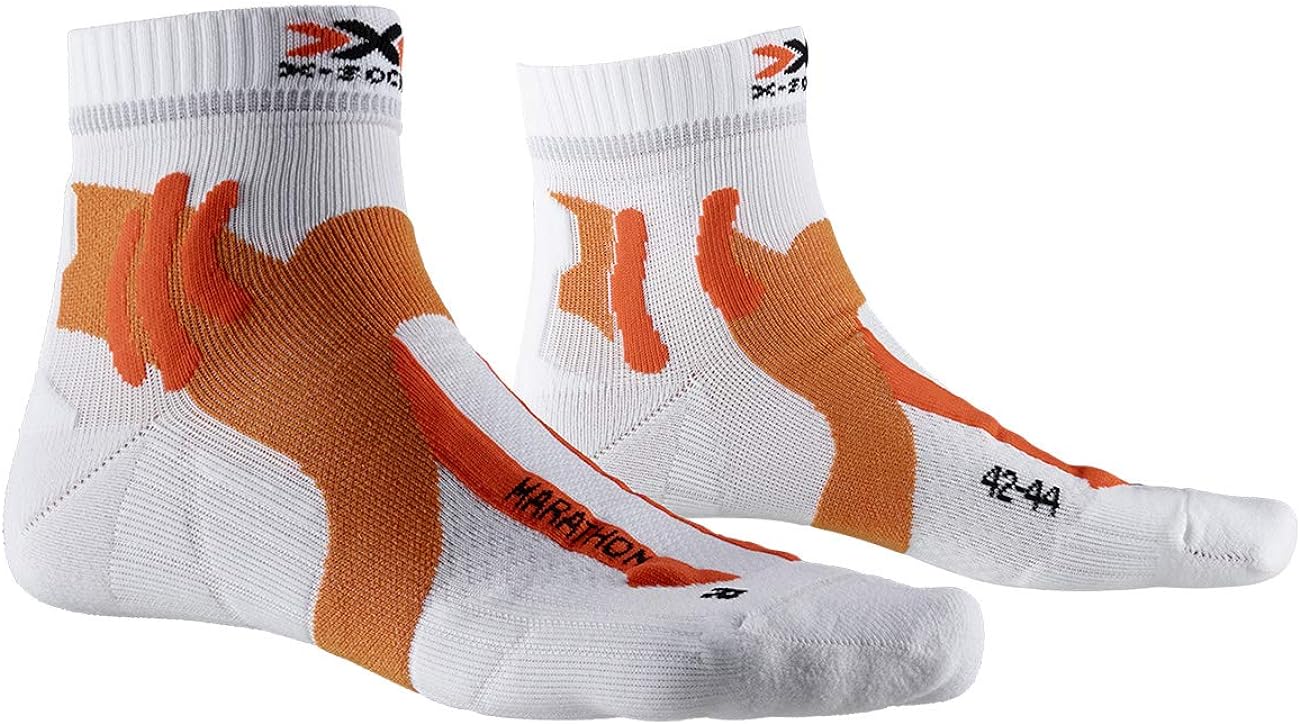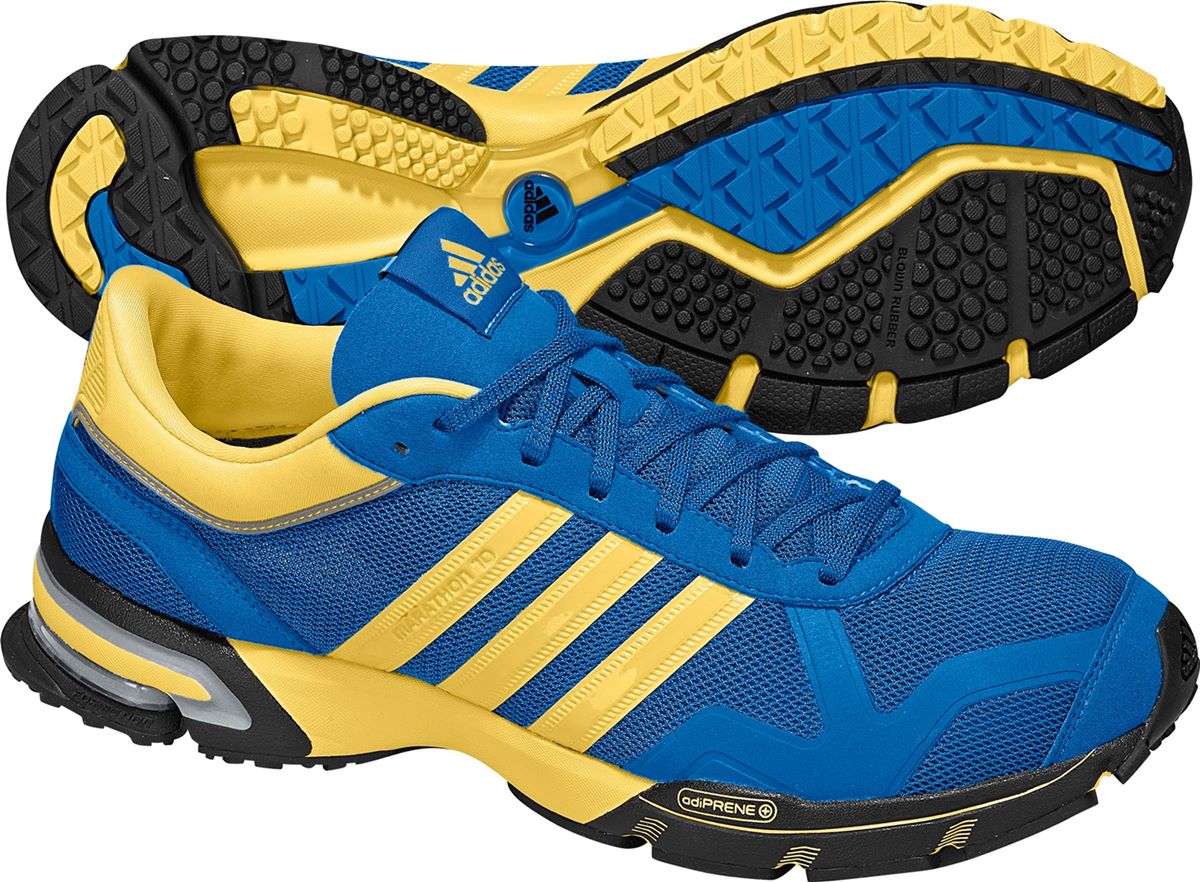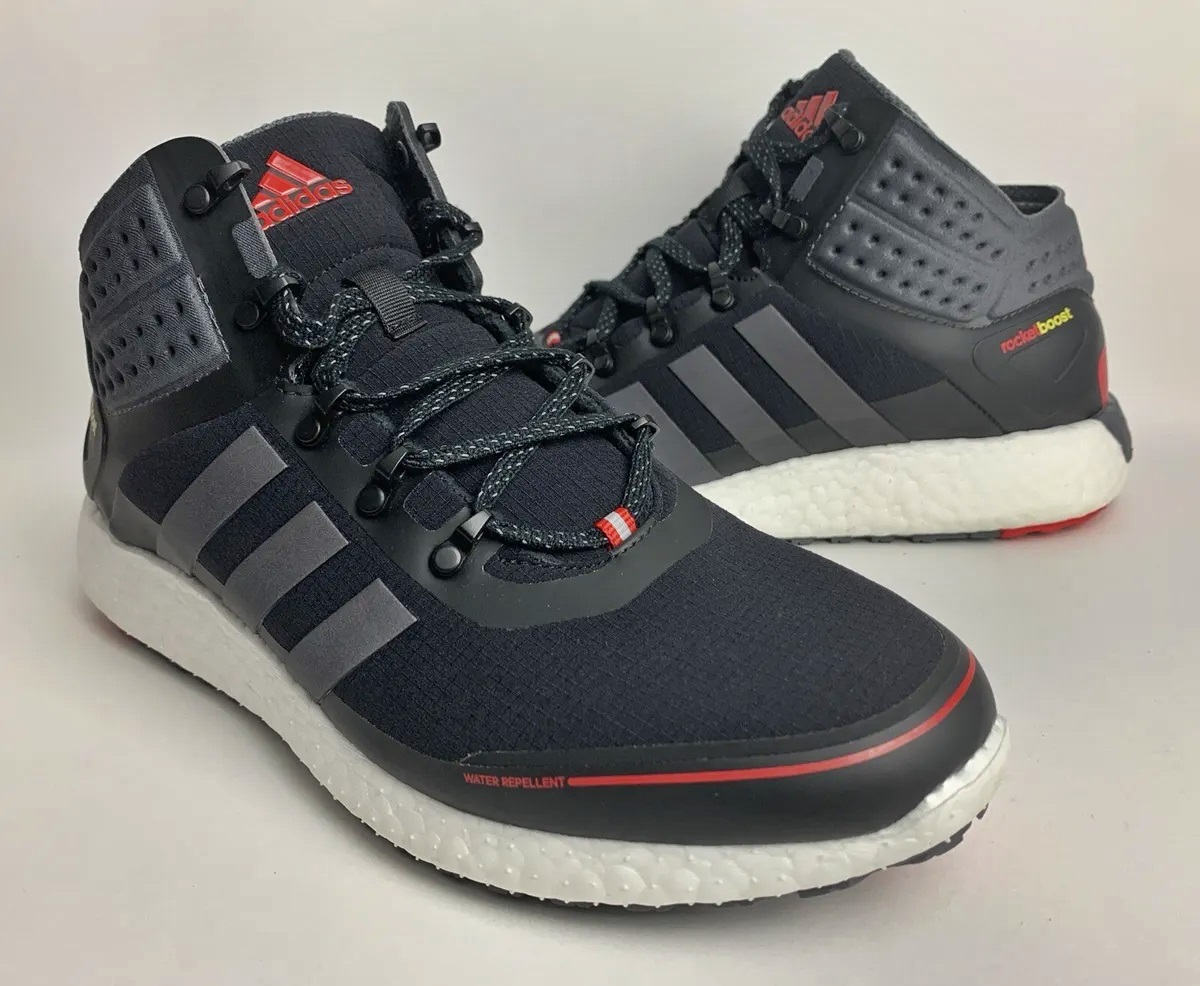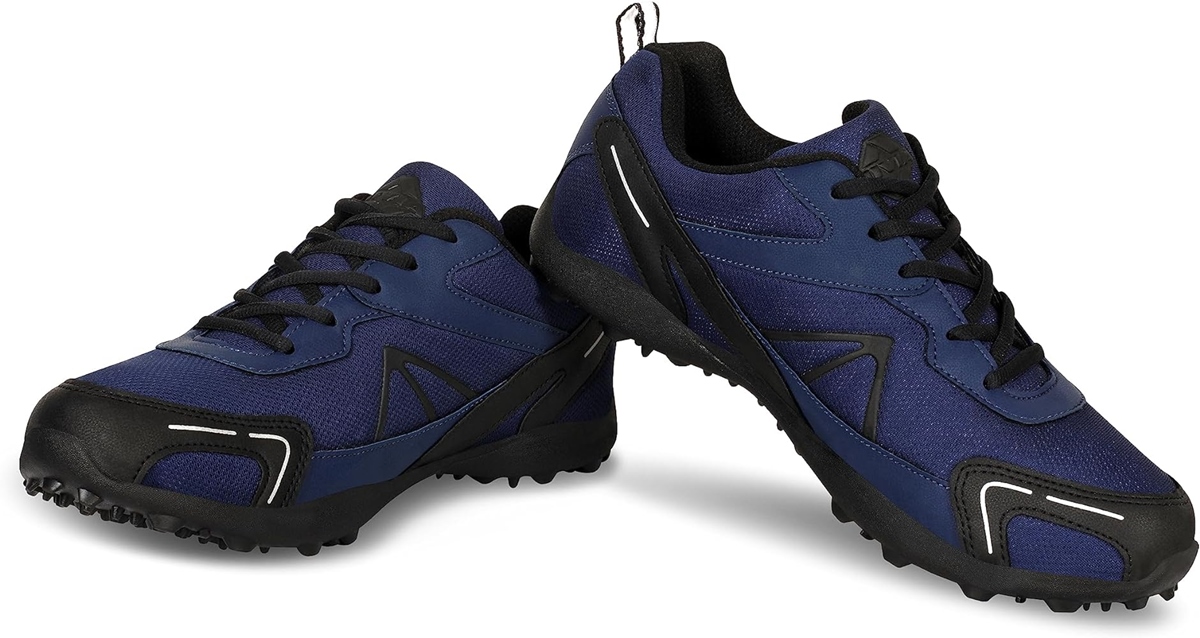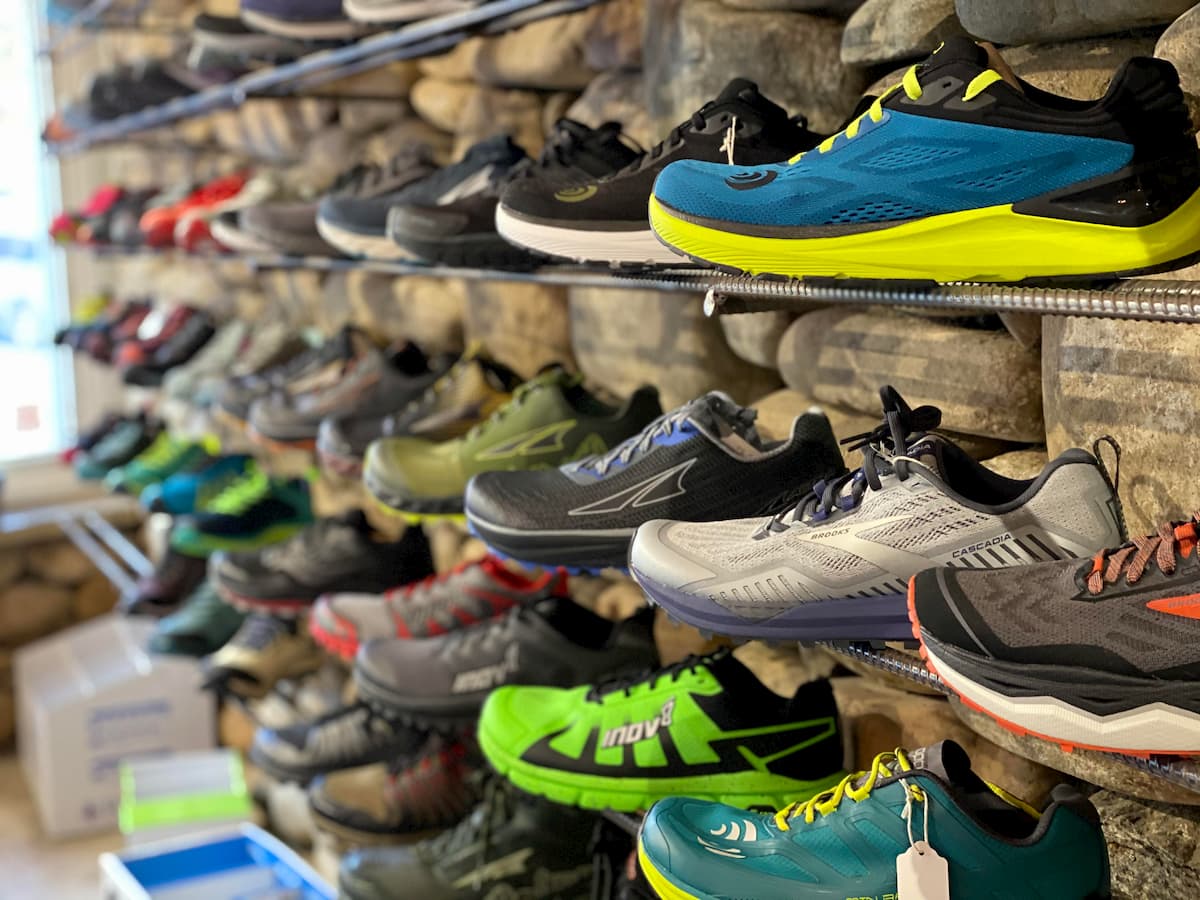Home>Misc>Featured>What Shoe Size Is The Best Fit For Long Distance Running
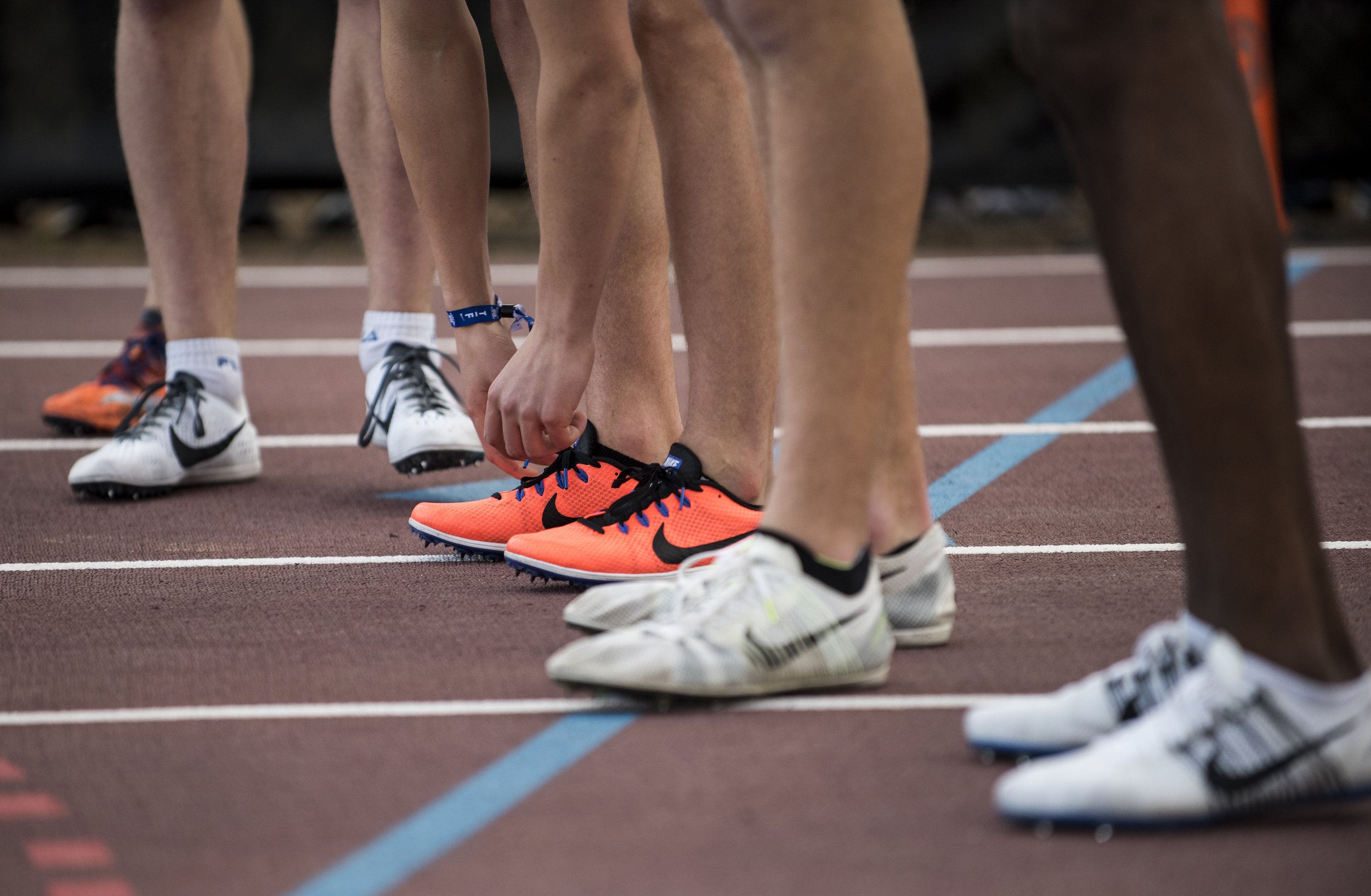

Featured
What Shoe Size Is The Best Fit For Long Distance Running
Modified: January 22, 2024
Discover the optimal size for long distance running with our featured guide. Find the best fit for your comfort and performance.
Introduction
Choosing the right shoe size is crucial for long distance runners to ensure comfort, performance, and reduce the risk of injuries. A well-fitting shoe can make all the difference in your running experience, whether you’re training for a marathon or enjoy exploring new trails. But with the plethora of options available, it can be overwhelming to determine the best fit.
When it comes to selecting the right shoe size for long distance running, it’s not just about the number on the box. There are several factors to consider, including the shape of your feet, running style, and the type of terrain you’ll be running on. Understanding the impact of shoe size on comfort, performance, and injury risk is vital in making an informed decision.
In this article, we will explore the relationship between shoe size and long distance running, helping you find the ideal fit. We’ll delve into the various factors that should influence your decision, and provide you with useful tips to select the best shoe size for your long distance running needs.
Factors to Consider When Choosing Shoe Size for Long Distance Running
When it comes to selecting the right shoe size for long distance running, there are several crucial factors to consider:
- Foot Length: The length of your foot is the primary factor in determining your shoe size. It’s essential to measure your foot’s length accurately and choose a shoe size that gives your toes enough room to move without being too loose.
- Foot Width: In addition to foot length, foot width also plays a significant role in determining the right shoe size. Some individuals have wider feet, and it’s important to find a shoe that provides enough width to prevent discomfort and potential issues like blisters or calluses.
- Arch Type: Understanding your arch type is crucial in choosing a shoe with the appropriate arch support. There are three common arch types: low, neutral, and high. Individuals with low arches may require more stability and support, while those with high arches may benefit from additional cushioning.
- Running Style: Your running style, whether you’re a heel striker, midfoot striker, or forefoot striker, can influence the shoe size that is most suitable for you. Different shoe models offer varying levels of cushioning and support to accommodate different running styles.
- Terrain: Consider the type of terrain you’ll be running on. If you frequently run on trails or uneven surfaces, you may need a shoe with more stability and protection.
- Socks: Don’t forget to consider the thickness of the socks you typically wear when running. Socks can affect the fit of the shoes, so it’s important to try shoes on with the same type of socks you plan to wear during your runs.
- Fit and Comfort: Ultimately, the shoe size you choose should provide a comfortable fit. Look for shoes that have enough toe space and provide a snug fit around the heel and midfoot. It’s also important to note that everyone’s feet are unique, so what works for others may not necessarily work for you.
By considering these factors, you’ll be able to make a more informed decision when selecting the appropriate shoe size for your long distance running endeavors. Remember, finding the right fit is key to enjoying your runs and preventing discomfort or injury.
Impact of Shoe Size on Comfort and Performance
The shoe size you choose for long distance running can have a significant impact on both your comfort and performance. Here’s how:
- Comfort: Wearing shoes that are too small or too big can lead to discomfort and pain during your runs. Tight-fitting shoes can cause blisters, numbness, and toe pain, while oversized shoes may result in foot slippage, instability, and friction. The right shoe size should provide ample room for your toes to move, a snug fit around the heel and midfoot, and adequate support to prevent discomfort.
- Performance: A well-fitting shoe can enhance your running performance. It allows for proper biomechanical alignment, which can contribute to efficient energy transfer and reduce the risk of injuries. The right shoe size can also improve proprioception, allowing you to have better control and stability while running. Conversely, ill-fitting shoes can hinder your performance, causing inefficiencies in your stride and potentially leading to discomfort or injuries.
- Injury Prevention: Selecting the appropriate shoe size is essential in reducing the risk of running-related injuries. Shoes that are too small or too tight can cause friction and pressure points, leading to blisters, calluses, and irritation. On the other hand, shoes that are too big or loose can result in foot slippage, instability, and potential ankle sprains. By wearing shoes that fit properly, you can minimize the likelihood of these common running injuries and ensure a more enjoyable and injury-free running experience.
The impact of shoe size on comfort and performance cannot be overstated. It is crucial to take the time to find the right shoe size that provides the optimal balance of comfort, support, and performance-enhancing features for your specific needs.
The Relationship Between Shoe Size and Injury Risk
The relationship between shoe size and injury risk in long distance running is complex and multifaceted. While it’s important to find shoes that fit properly, relying solely on shoe size as a predictor of injury risk can be misleading. Here are some key factors to consider:
Individual Variation: Every runner is unique, and factors such as foot structure, running mechanics, training habits, and overall fitness level have a significant impact on injury risk. While shoe size plays a role in ensuring a proper fit, it is just one piece of the puzzle.
Shoe Functionality: The design elements of a shoe, such as cushioning, stability features, and midsole support, have a greater influence on injury risk than shoe size alone. A well-designed shoe that matches your biomechanical needs and running style is essential to minimize the risk of injuries.
Proper Fit: While shoe size is not the sole determinant of injury risk, wearing shoes that are too small or too big can increase the likelihood of certain injuries. When shoes are too small, they can lead to issues like blisters, black toenails, and neuromas. Shoes that are too big can cause foot slippage, instability, and potential ankle sprains.
Gradual Adaptation: Regardless of shoe size, it’s important to gradually adapt to new footwear, especially when transitioning to shoes with different features or levels of cushioning. Properly breaking in shoes and allowing your feet and body to adjust can help reduce the risk of injury.
Professional Advice: Consulting with a knowledgeable running specialist or podiatrist can provide valuable insights and help you determine the most suitable shoe size and features for your unique needs. These professionals can conduct a gait analysis and consider various factors beyond shoe size to minimize injury risk.
While shoe size is a factor to be mindful of, it is important to approach injury prevention holistically. This includes listening to your body, maintaining a balanced training program, incorporating strength and flexibility exercises, and understanding your individual biomechanics and vulnerabilities.
Finding the Ideal Shoe Size for Long Distance Running
Discovering the ideal shoe size for long distance running is crucial for a comfortable and injury-free experience. Here are some steps to help you find the perfect fit:
- Measure Your Feet: Start by measuring your feet using a brannock device or ruler. Take measurements for both feet, as they could be slightly different in size.
- Consider Width: Determine your foot width, as it’s equally important as length when selecting the right shoe size. Shoes that are too narrow can cause discomfort and restrict proper blood flow.
- Try Multiple Sizes: Try on different shoe sizes and brands. Keep in mind that shoe sizing can vary between brands, so don’t fixate on a particular number.
- Toe Space: Ensure there is enough space for your toes to wiggle and move comfortably. Your toes should not be cramped or pressed against the front of the shoe.
- Heel and Midfoot Fit: Pay attention to the fit around your heel and midfoot. Your heel should feel secure, with minimal slippage, and the midfoot should have a snug but not tight fit.
- Walk and Run Test: Take a short walk or jog around the store to see how the shoes feel in motion. Pay attention to any areas of discomfort, rubbing, or instability.
- Consider Insoles and Inserts: If you have specific foot conditions or require additional support, consider using custom insoles or inserts to enhance the fit and comfort of your shoes.
- Get Professional Advice: Seek guidance from a running specialist or podiatrist who can provide expertise on shoe selection based on your individual biomechanics and needs.
Remember, finding the ideal shoe size may involve trial and error. It’s worth investing time and effort to ensure the right fit, as it can make a significant difference in your running experience and overall performance.
Tips for Selecting the Best Shoe Size for Long Distance Running
Choosing the best shoe size for long distance running can be a daunting task. To make the process easier, consider these useful tips:
- Get Professionally Measured: Visit a shoe store or running specialty store to get professionally measured. This will provide you with accurate measurements of your foot length and width, taking into account any specific considerations for your running style.
- Try on Shoes in the Afternoon: Feet tend to swell during the day, especially after physical activity. Try on shoes in the afternoon or evening to ensure a true fit that accommodates any swelling.
- Bring Your Running Socks: Take the socks you typically wear while running with you when trying on shoes. This will ensure an accurate fit, as different sock thicknesses can affect the overall fit and comfort.
- Consider Your Toes: Pay attention to the toe box of the shoe. Your toes should have adequate space to move and splay naturally without feeling cramped or restricted.
- Walk and Run Test: Take the time to walk and even jog around the store in different sizes to evaluate how the shoes feel during motion. Be mindful of any rubbing, discomfort, or instability.
- Listen to Your Feet: Prioritize comfort and listen to your feet. If a particular shoe size or style doesn’t feel right, even if it measures correctly, trust your instincts and continue your search for the best fit.
- Consult a Specialist: If you have unique foot characteristics, such as high arches or pronation issues, consult with a running specialist, podiatrist, or orthopedic professional. They can offer valuable insights and recommend specific shoe features that will support your feet during long distance running.
- Replace Old Shoes: As your shoes age and wear out, their cushioning and support diminish. Pay attention to the wear patterns on your shoes and replace them when necessary. Worn-out shoes can lead to discomfort and increase the risk of injuries.
Finding the best shoe size for long distance running may require some trial and error. Taking the time to explore different options, seeking professional advice when needed, and prioritizing comfort and proper fit will ultimately lead to a more enjoyable and successful running experience.
Conclusion
Choosing the right shoe size for long distance running is essential for comfort, performance, and injury prevention. By considering factors such as foot length and width, arch type, running style, and terrain, you can identify the ideal shoe size that suits your individual needs.
Remember, shoe size is just one piece of the puzzle. The functionality and design of the shoe, its fit and comfort, and your own running mechanics all play crucial roles in determining the best fit for you. Additionally, seeking professional advice and gradually adapting to new footwear can help reduce the risk of injuries.
When selecting the best shoe size for long distance running, take the time to measure your feet accurately, try on multiple sizes and brands, ensure adequate space for toe movement, and consider the fit around your midfoot and heel. Listening to your body and prioritizing comfort will lead to a more enjoyable running experience.
Don’t forget that everyone’s feet are unique, and what works for others may not work for you. Trust your instincts and seek professional guidance if necessary.
Ultimately, finding the ideal shoe size is a personal journey that may involve some trial and error. By following the tips outlined in this article, you’ll be well-equipped to make an informed decision and enjoy the benefits of a well-fitting shoe during your long distance running adventures.
